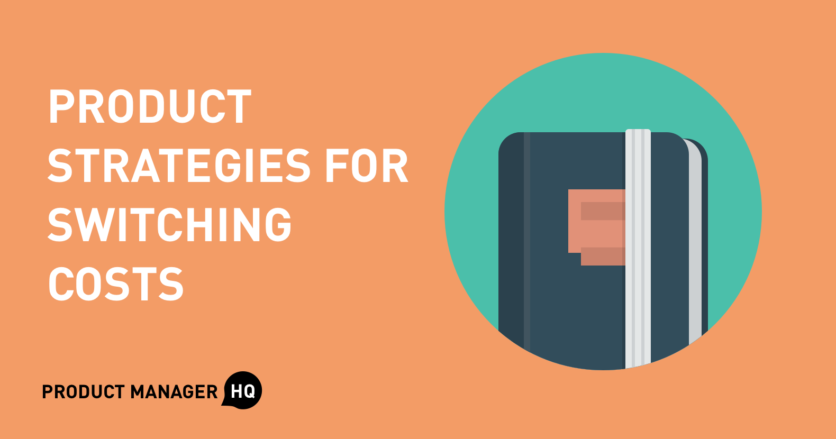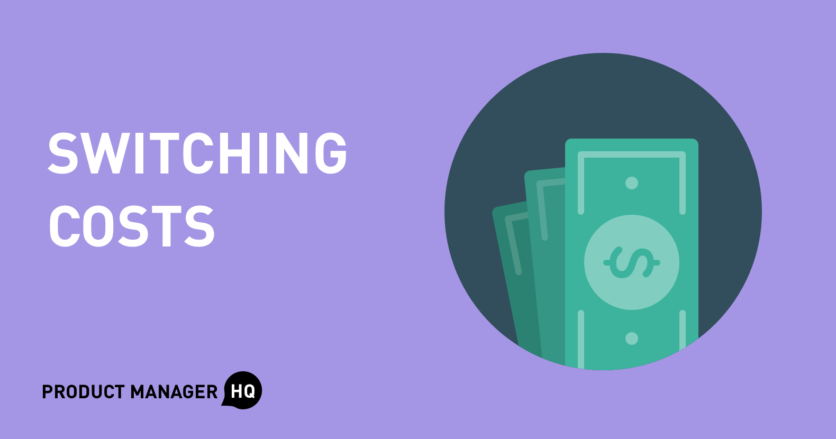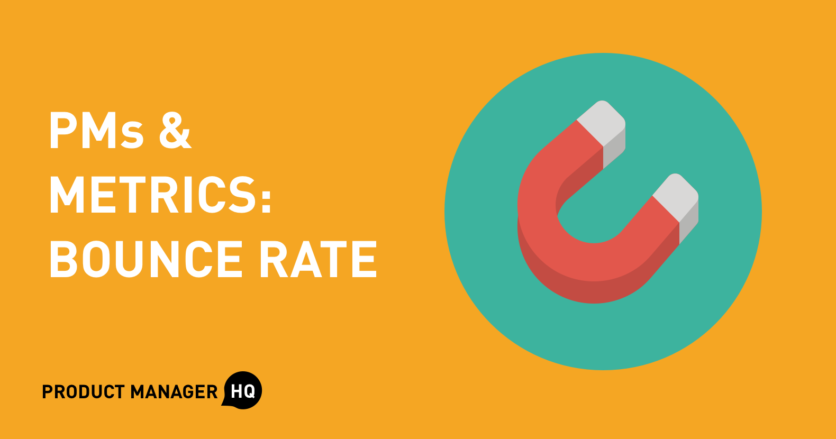In our previous article, we discussed the three core categories of switching costs: financial, procedural, relational.
How might we use switching costs to drive more value from our product? You have two core strategies available to you.
- Decrease the cost your customer must pay to switch to your product
- Increase the cost your customer must pay to switch to competitors
After all, if you decrease the cost to switch to you, you’re providing more value: value is the ratio of benefits to costs. When you drive down costs, you increase value even if you don’t increase the benefit you provide.
And, if you increase the cost to switch to competitors, you are diluting your competitors’ value. Since value is the ratio of benefits to costs, when you increase their costs, you decrease the viability of their value propositions.
Let’s dissect both below.






